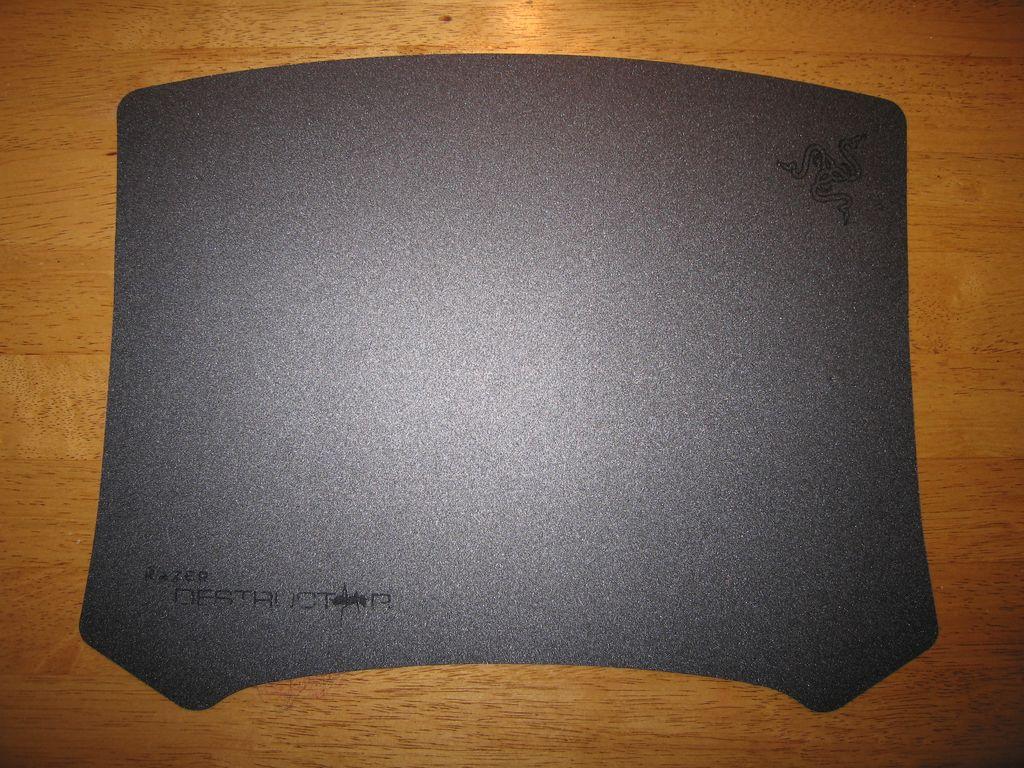The appropriately titled horror compilation, The Horror Vault, is a collection of nine short stories all relating to, in some way or another, the depravity of human nature and the psyche. This independent film, the first volume in a three volume series, really tries to enter the upper echelon of indie films with a focus on the tried and true stories that have worked in horror for nearly the last 100 years, but the film ends up tripping over itself with an overly ambitious reach, clunky dialog, and very inconsistent stories that range from mediocre to not-quite-there.
To be fair, one must realize the budget and technical availability of tools to create movies; this is considered in this review as one doesn’t expect Academy Award winning quality from a movie shot on a person’s free time and extra cash. Still after a quality year of independent cinema, The Horror Vault just isn’t able to grab your attention like it should.

When John Met Julia
A contemporary retelling of the Romeo and Juliet story, the short film almost tries too hard to tell the audience, this isn’t your normal film, and this isn’t your normal adaptation of a classic work. As the film progresses you’re left wondering what exactly is going on (a common theme throughout all nine films) until it ultimately ends with a final reveal that, in the spirit of the story makes some sense, but you’re more likely to be confused rather than awed. Wild inconsistencies and technical goofs (such as a car being turned off, then magically on again in the next scene) certainly break the audience away. While admirable camera placement and movement along with some stylized scene transitions give this piece a technical achievement missing from most of the other segments, the awkward, and sometimes just plain bad dialog really hampers any momentum this story has going for it.
Delusion
From the start this Hitchcockian throwback has a lot going for it visually speaking. The black & white noir style is a sharp contrast to the first film in the anthology and its costume and set pieces also work out well. The cinematography is probably the strongest of any of the nine segments, however, again, the story makes little to no sense, and while you can extrapolate the general gist of it from the characters’ dialog, the ending aims for a twist and really just leaves the audience throwing up their arms in frustration.
Alone
From the onset Alone is nearly unwatchable with the main character’s inner voice present for all to hear. Again, it isn’t the device, but the writing that hampers this aspect of the film. This extends into the generic, color by numbers story that has its ending seen from a mile away. Anyone who has seen the last generation of who-done-its like Scream and The Faculty will recognize the wolf in sheep’s clothing conclusion. Although one must wonder how a knife wound near no vital organs can instantly kill a man?

Dead to the World
A retelling of Ted Bundy’s exploits as told from an interview with a police officer inter-spliced with footage of Bundy committing his crimes. The streak of bad dialog continues here, and Bundy’s laughable monologue at the end to justify his actions is the culmination of this. The segment is filmed in what appears to be 4×3 and compressed and stretched to fit into a letterbox ratio giving the film a troubling perspective.
Mental Distortion
In the grand scheme of things Mental Distortion may not be intended to make much sense. The copious amounts of gratuitous nudity may be covering up for the lack of any cohesive story, but after a man finds his wife drowned in the bathtub he meets up with an old friend from grade school, hooks up, and, well the ending is left so ambiguous it’s up to you to decide. There is some nice camera work here, and the solemn lighting brings the audience into the story only so far, but the problems that plague most of the stories come up again here, bad dialog and an incoherent story, but the technical achievements again are negated by these
Disconnected
Probably the best of the bunch, Disconnected plays off its dark humor and Eli Roth’s Hostel series of needless, unrelenting violence for laughs and shock at the same time. A man is tortured because of money owed by his significant other. While I won’t reveal the ending for the sake of preserving one of the few surprises in the collection, it did garner a chuckle and high marks for its set design. Still, the writing could be a lot better, and the limited budget comes to light here where a man who has his hand disfigured merely hides it when the camera is on full body shots.
The Demon
A completely forgettable, dialog-less tale of a religious man meeting up with a relentless demon bent on destroying him. The film is all over the place, at one point making light of the man’s glasses breaking (perhaps attempting to channel a bit of The Twilight Zone?) yet it never plays into the story at all. The subtext of him picking up and later killing a hitchhiker is completely lost on the audience as he simply ends up in a mental institution with a set of crazy eyes to show for it. Again, the set pieces and some nice camera work are completely negated by lazy writing that isn’t able to intrigue or surprise the audience when they simply can’t figure out what’s going on.

Echoes
I had high hopes for this one as it first appears to be a man seeing the ghostly images of a war campaign, atrocities he had committed with the dead returning to haunt him, however, as the film progresses it turns out into be nothing more than a man in a mental home seeing things. While this, in of itself, is enough for the horror billing the story here doesn’t necessarily suffer from the same dialog problems as the other parts of the encompassing film, its simply too short to further develop the character. As it plays out now, it’s a man tied to a bed who is hallucinating, with a few more minutes and some back-story this could have easily been one of the better inclusions in this anthology.
Retina
There’s just no way to describe the ending of the anthology with this bookend. After viewing it I just simply stared at the TV, hoping, pleading that something would come up explaining what had just happened. It’s almost as if the most confusing parts of a Nine Inch Nails video, Silent Hill, and nihilistic crazy person had some unholy lovechild explode on to the screen. I don’t know if that’s a compliment or not, nor do I know anything that happened in this segment.
The love of filmmaking is obvious throughout The Horror Vault; however, whether it is from budgetary concerns, technical limitations, or some other problem, the end product falls short of expectations. While some will see the open-ended stories as a way for the viewer to make their own conclusions, there’s only so much our minds can do with the limited information available. Each story seems to sputter due to a mix of bad writing and inconsistency, something no amount of acting chops and technical achievement is going to be able to negate.
Judging independent movies so harshly is never easy because you can see the love of the craft hidden within each scene, however one can only hope these criticisms are taken into account to help better the writers, producers, actors, and directors in their next endeavors.
If you wish to experience the film for yourself and disagree with our review, it can be purchased right here, or find more information about the film at the official site.



















